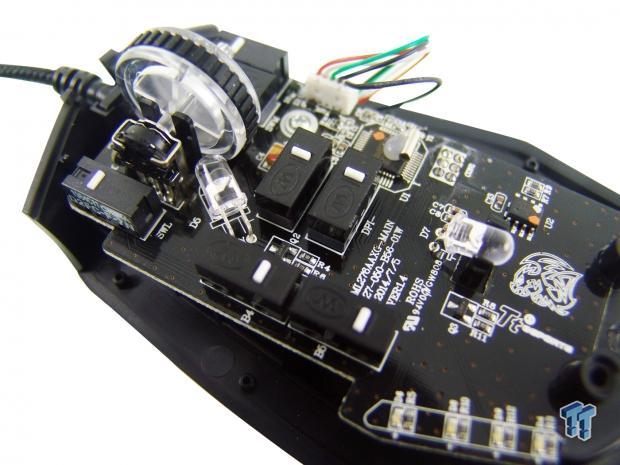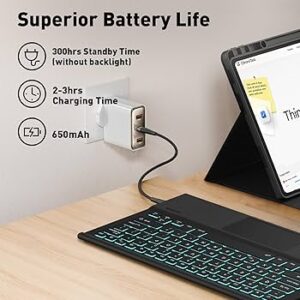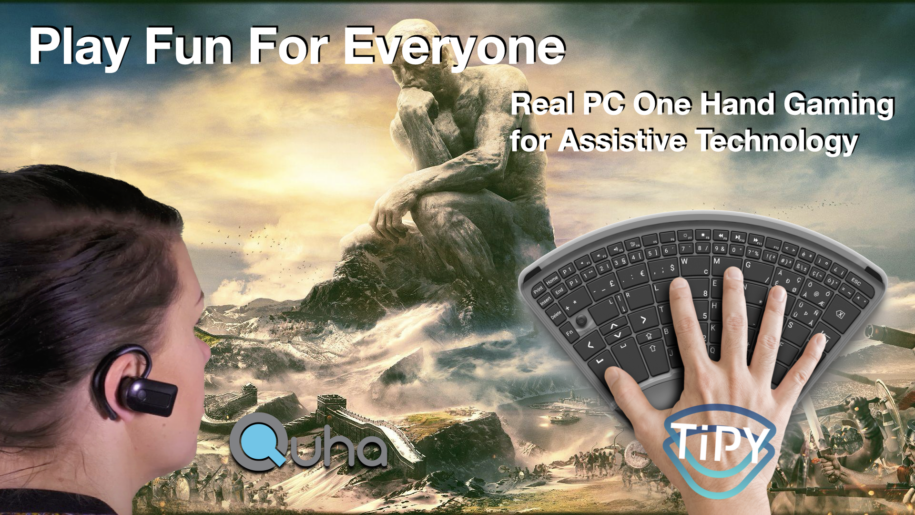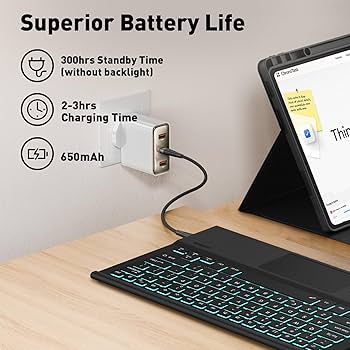For over a decade, the arms race in the Gaming Mice market has been a predictable one, fought on the battlegrounds of Dots Per Inch (DPI), polling rates, and the relentless pursuit of an impossibly lightweight chassis. Enthusiasts in the PC Gaming community have watched as sensor numbers climbed into the tens of thousands and polling rates reached an astonishing 8000Hz. While these advancements in Gaming Hardware have been significant, they have also reached a point of diminishing returns for the vast majority of players. The conversation, however, is beginning to shift. A new frontier of innovation is opening up, moving away from the sensor and focusing on the most fundamental point of interaction: the click itself. The next generation of Gaming Peripherals is poised to introduce revolutionary switch technologies like haptic feedback, fully adjustable actuation, and rapid trigger capabilities, promising a level of control and customization previously unimaginable. This article delves into this paradigm shift, exploring what these technologies are, how they work, and the profound impact they could have on everything from casual AAA Games to the highest levels of Competitive Gaming.
From Sensor Wars to Switch Innovation: The New Battleground for Gaming Mice
To understand where we’re going, it’s crucial to appreciate where we’ve been. The evolution of the gaming mouse has been a story of incremental, yet important, refinements that have shaped the landscape of Esports News and high-performance gaming.
A Brief History of Mouse Metrics
The “old guard” of gaming mouse specifications centered on three key pillars. First was DPI, a measure of sensor sensitivity. The marketing push led to staggering numbers—20,000, 30,000 DPI and beyond—even though most professional players in tactical FPS Games like Valorant or Counter-Strike News use settings well below 1600 DPI. Next came the polling rate, or how often the mouse reports its position to the PC. The jump from 125Hz to 1000Hz was a monumental leap in responsiveness, and recent advancements to 4KHz and 8KHz offer even smoother tracking, albeit at the cost of increased CPU usage on even high-end Gaming PCs. Finally, the “weight wars” saw manufacturers engineering honeycomb shells and using exotic materials to shave every possible gram, catering to players who value swift, frictionless movement. While these metrics are still important, the industry has recognized that the potential for meaningful innovation in these areas is narrowing.
The Unsung Hero: The Mouse Switch
Beneath the shell, the humble switch has been quietly evolving. For years, the standard was the mechanical micro switch, typified by brands like Omron. These switches provide a satisfying tactile click but have inherent limitations. They rely on a metal leaf making physical contact, which requires a “debounce delay”—a tiny pause programmed into the firmware to prevent a single physical press from registering as multiple clicks. This delay, though measured in milliseconds, is a source of input latency. Furthermore, physical contact leads to wear and tear, eventually causing the infamous “double-clicking” issue. The first major evolution was the optical switch, which uses a beam of light. When you click, a stem blocks the beam, instantly registering the input. This eliminates the need for debounce delay and dramatically increases durability, a significant piece of Gaming Tech news when it first arrived. Now, we are on the cusp of the next leap: switches that are not just faster, but smarter.
Deconstructing the Click: Haptics, Actuation, and Rapid Trigger Explained
The latest advancements in switch technology borrow concepts from high-end Gaming Keyboards and even Game Controllers, integrating them into the mouse to offer an unprecedented level of granular control. These features are set to redefine what gamers expect from their primary input device.
Adjustable Actuation: Your Click, Your Way

Actuation point refers to the precise distance a switch must travel downwards to register an input. In traditional mice, this is a fixed physical property. Adjustable actuation, powered by magnetic or advanced optical sensors, shatters this limitation. It allows the user to define this point via software, often within a range from a feather-light 0.1mm to a deep and deliberate 3.0mm. The implications are immense. A competitive player in a Battle Royale like Apex Legends News might set an extremely low actuation point on their primary fire button for the quickest possible reaction time when tap-firing a weapon. Conversely, they might set a deeper actuation on their ability button to prevent accidental use during an intense firefight. This level of customization transforms the mouse from a one-size-fits-all tool into a personally calibrated instrument.
Rapid Trigger: The Keyboard Tech That Jumped to Mice
A breakout feature in the keyboard world, Rapid Trigger is now making its way to mice. In a standard switch, an input is registered at the actuation point and only resets after the key travels back up past a fixed reset point. Rapid Trigger technology dynamically changes this. The input resets the very instant the switch begins to travel upwards, regardless of how far. This allows for incredibly fast re-presses. For a mouse, this means you can click again fractions of a millimeter after releasing the button, without waiting for it to return to its full starting position. In a MOBA Game like League of Legends News, this could enable faster kiting and ability spamming. In FPS titles, it could allow for a significantly higher rate of fire on semi-automatic weapons, limited only by the player’s physical speed.
Haptic Feedback: Feeling the Game
Perhaps the most transformative innovation is the integration of sophisticated haptic feedback directly into the mouse clicks. This is not the blunt rumble you’d find in older controllers but rather precise, programmable tactile effects, similar to the HD Rumble in Nintendo Switch Joy-Cons or the haptics in the PlayStation 5’s DualSense controller. The possibilities this opens for Game Design and immersion are thrilling. Imagine feeling a subtle “thump” through your mouse button confirming a headshot in Call of Duty News, the sharp kick of a sniper rifle, or a change in click tension when you switch from your primary weapon to a sidearm. It could provide tactile cues for ability cooldowns, low ammo warnings, or successful parries in an RPG Game, feeding crucial information to the player without cluttering the screen. This technology has the potential to deepen the connection between the player and the digital world, a core tenet of modern Gaming Culture.
From the Lab to the Arena: Practical Applications and Competitive Advantages
While the technology is impressive on paper, its true value will be determined by its real-world impact on gameplay. For the dedicated players who follow Twitch News and the pro scene, these features could offer a tangible competitive edge.
FPS Games: The Quest for the Perfect Tap
In high-stakes tactical shooters, milliseconds decide rounds. Adjustable actuation allows a player to fine-tune their trigger finger’s response. Setting a hair-trigger actuation can shave precious time off their reaction, while Rapid Trigger can revolutionize movement techniques like counter-strafing. In games like Valorant, where precise stopping is key to accuracy, being able to instantly reset the movement input (if bound to a mouse button) or fire a shot with minimal travel offers a higher skill ceiling. Haptic feedback could be programmed to provide a distinct kick for each weapon, helping players intuitively learn and control recoil patterns through muscle memory.
MOBA and Strategy Games: Clicks Per Minute Redefined

In MOBA Games and real-time Strategy Games, Actions Per Minute (APM) is a key metric of player skill. Rapid Trigger technology has the potential to shatter current APM ceilings. The ability to issue move and attack commands more rapidly allows for more precise last-hitting, orb-walking, and unit micro-management. For a professional Dota 2 News player, the ability to execute complex combos or escape ganks with even 5% more speed and accuracy can be the difference between winning a lane and winning the game. Adjustable actuation helps prevent costly mis-clicks on ultimate abilities, a common pitfall even at the highest levels of play.
The Training and Customization Curve
It’s important to note that these features are not an “instant win” button. They introduce a new layer of complexity to the Gaming Community. Players will need to invest time experimenting with different actuation depths and haptic profiles to find what works for their playstyle and specific games, from Fortnite News to the latest Indie Games. The quality of the accompanying software will be paramount, as a powerful but unintuitive customization suite could be a major barrier to entry. This mirrors a broader trend in the Gaming Industry, where hardware and software are becoming inextricably linked, a process visible in everything from Graphics Cards control panels to the ecosystems on Steam News and the Epic Games News store.
The Verdict: Hype, Gimmick, or Game-Changer?
With any new technology comes skepticism. Are these features a true evolution in Gaming Peripherals or just expensive marketing points designed to sell a new product cycle? The answer likely lies somewhere in the middle and depends heavily on the type of gamer you are.
The Pros: The Potential for Peak Performance
For the aspiring pro or the hardcore enthusiast, the advantages are clear. These innovations offer the ultimate in personalization, allowing a player to perfectly tailor their most crucial tool to their exact preferences. They represent the removal of physical and digital barriers—debounce delay, fixed actuation, and reset points—that have always existed between the player’s intent and the game’s execution. This is the logical next step in the pursuit of peak human-computer interaction in a competitive environment.
The Cons: Cost, Complexity, and Diminishing Returns
This cutting-edge technology will undoubtedly come with a premium price tag. For a casual gamer who enjoys Minecraft News updates or co-op titles with friends, the performance gains offered by a 0.2mm change in actuation are likely imperceptible and not worth the significant investment. The complexity can also be a deterrent; many players simply want to plug in their mouse and play, not spend hours in a software suite fine-tuning haptic waveforms. For this segment of the market, a reliable, comfortable mouse with a good sensor remains the most practical choice, with their budget better allocated to a new Gaming Monitor or a Gaming Laptop.
Recommendations for Different Gamers
- The Professional/Competitive Player: These new mice are a must-watch. The potential for a competitive edge, however slight, makes them worth serious consideration.
- The Hardware Enthusiast: If you love tinkering with the latest Gaming Tech and optimizing every aspect of your setup, these mice will provide a fascinating new world of customization to explore.
- The Casual/Mainstream Gamer: It is wise to wait. As the technology matures and becomes more mainstream, prices will drop and the benefits will become more refined. For now, a proven optical gaming mouse offers the best performance-per-dollar.
Conclusion: The Dawn of the Intelligent Click
The gaming mouse is entering a new and exciting era. The focus is shifting from raw, brute-force specifications like DPI to the intelligent, nuanced, and deeply personal experience of the click itself. Innovations like fully adjustable actuation, rapid trigger functionality, and integrated haptic feedback represent a fundamental change in how we interact with our Video Games. While this first wave of technology may be aimed at the highest echelons of the Esports News world, it signals a future where our peripherals are no longer just passive tools, but active, responsive partners in our gaming experiences. The conversation is no longer just about how fast your mouse is, but how smart it is. This evolution promises to blur the lines between player and hardware even further, pushing the boundaries of performance and immersion for the entire PC Gaming ecosystem.













